Reasons to Attend
America is experiencing an infrastructure crisis.
- There’s a water main break every two minutes.*
- 43% of our public roadways are in poor or mediocre condition.*
- At the current rate of investment, it will take until 2071 to make all of the repairs that are currently necessary for bridges, 42% of which are at least 50 years old.*
The American Society of Civil Engineers’ latest report on the state of U.S. infrastructure gave the U.S. an overall score of “C -“. The United States lags behind other advanced economies in infrastructure quality and spending.** Aside from the safety concerns, inadequate infrastructure imposes large costs on the U.S. economy. The most recent analysis shows the total infrastructure investment gap has increased from $2.1 trillion over 10 years to $2.59 trillion. Federally funding is not enough though to address the deficit.
A Solution? Public-Private Partnerships (P3).
What is a P3?
The United States Department of Transportation’s Center for Innovative Finance Support defines public-private partnerships (P3s) as “long-term contractual agreements between a public agency and a private entity to design, build, finance, operate and maintain (DBFOM) an infrastructure project”. P3s help bridge the infrastructure gap, bringing critical projects to completion faster, and more efficiently.
P3s differ from traditional design-build methods. There are several elements that must be considered when exploring if the P3 method is right for you. Where do public agencies go to learn about how they can deploy a public-private partnership to more effectively and efficiently bring their infrastucture project to life? The P3 Conference & Expo.
At P3C, you’ll learn the P3 fundamentals to help navigate your agency and community through these complex infrastructure projects.
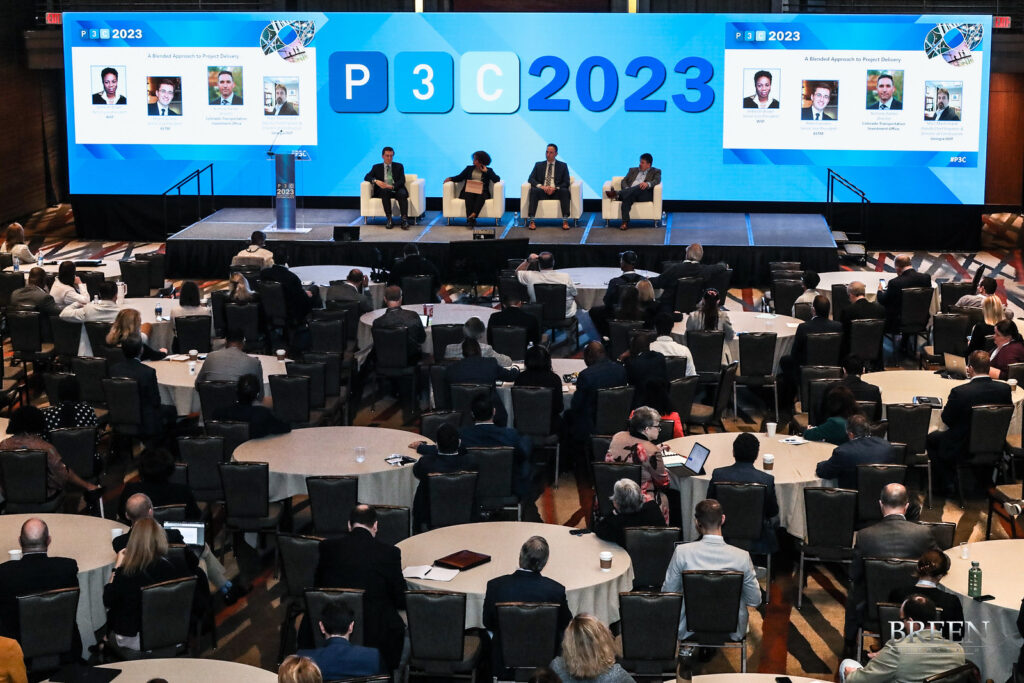
P3 Education
In partnership our Public Education Program Partner, AIAI (the Association for the Improvement of American Infrastructure), P3C is excited to offer a plethora of events specifically tailored to needs of public agencies evaluating P3s. Check out the sessions below!
P3 101 BREAKFAST WORKSHOP
Public sector attendees – join industry leaders for breakfast and an interactive conversation specifically tailored to the needs of agencies evaluating P3s. This pre-conference session is designed for those beginning to explore P3s, helping them understand where P3s can be applicable; and how they can save money and time when dealing with upgrades, repairs, and maintenance. Learn when P3s do or do not make sense, and what major considerations need to be made once choosing this route.
AIAI P3DIRECT BOOTCAMP: FINANCE
The first in a series of public sector exclusive bootcamps, this session will focus on the financial aspects of a P3 and examine the use of PABS,TIFIA, taxable debt, and other financing tools.
AIAI P3DIRECT BOOTCAMP: RISK ALLOCATION
In the second of AIAI’s public sector exclusive bootcamps, we will address the types of risk, how risk transfer can deliver value, and the best practices for allocation and mitigation to ensure project success.
AIAI P3DIRECT BOOTCAMP: OPERATIONS & MAINTENANCE
Experts will examine the benefits of long-term operations and maintenance using the P3 structure to mitigate project risks. This boot camp will cover how P3 counterparties allocate and price risk and how approaching the topic of O&M early on drives value and appropriately addresses the asset’s long-term goals. This conversation is designed for audience engagement and dialogue is encouraged, so bring your questions!
WHY DO A P3? BUILDING THE BUSINESS CASE AND SELLING IT TO YOUR COMMUNITY
What business considerations should a government review before starting the P3 process? We’ll discuss the elements that must be considered as the public builds out the business case for a P3, and share ways to effectively communicate it to the community at large.
HOW DO I DELIVER A PROJECT WITH THE P3 MODEL? BEST PRACTICES FOR A SUCCESSFUL PROCUREMENT PROCESS
This panel will discuss the key issues that public agencies must consider when embarking on a project procurement – structuring the agreement, conducting a fair and competitive procurement process, and negotiating a final agreement that is transparent and protects the public interest.
HOW DO I DESIGN A P3? BEST PRACTICES IN DEAL STRUCTURING AND CONTRACT MANAGEMENT
The basis of all good public-private partnerships is in the structuring of the deal, the management and oversight of the contract and the efficiency of the financing. During this session, both public and private sector experts will discuss the basic and best practices for both deal structuring and contract management for the long-term success of a P3.
WHAT’S A KEY INGREDIENT FOR SUCCESS? PICKING THE RIGHT ADVISORS AND PARTNERS
Building a successful procurement and delivering a project demands the right partners. When running a P3 procurement, the public sector project manager could potentially spend more time with your advisors than you will with you own family, so you need to pick your advisor carefully. In this session we explore the core skillsets and areas of expertise you’ll want to engage as you move your project forward.
CRITICAL FACTORS FOR MOVING A P3 FORWARD
Lessons learned from the trenches. Join this session to hear from former Owner and attorneys on best practices and lessons learned on Project delivery P3 approach.
________________________________________________________________________________________________________________________________________________________________
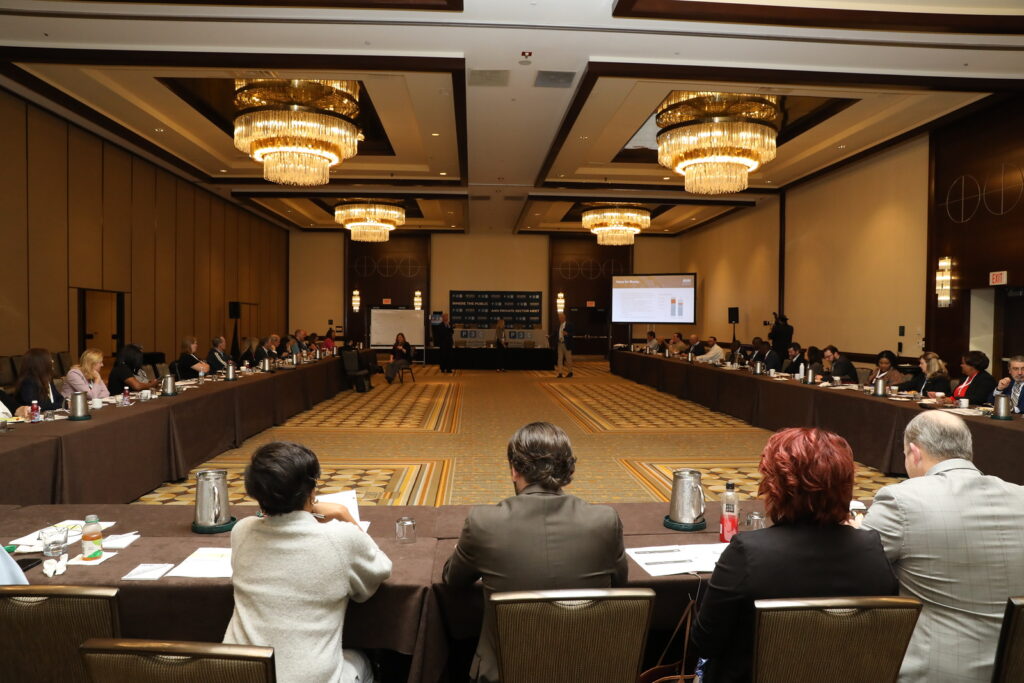
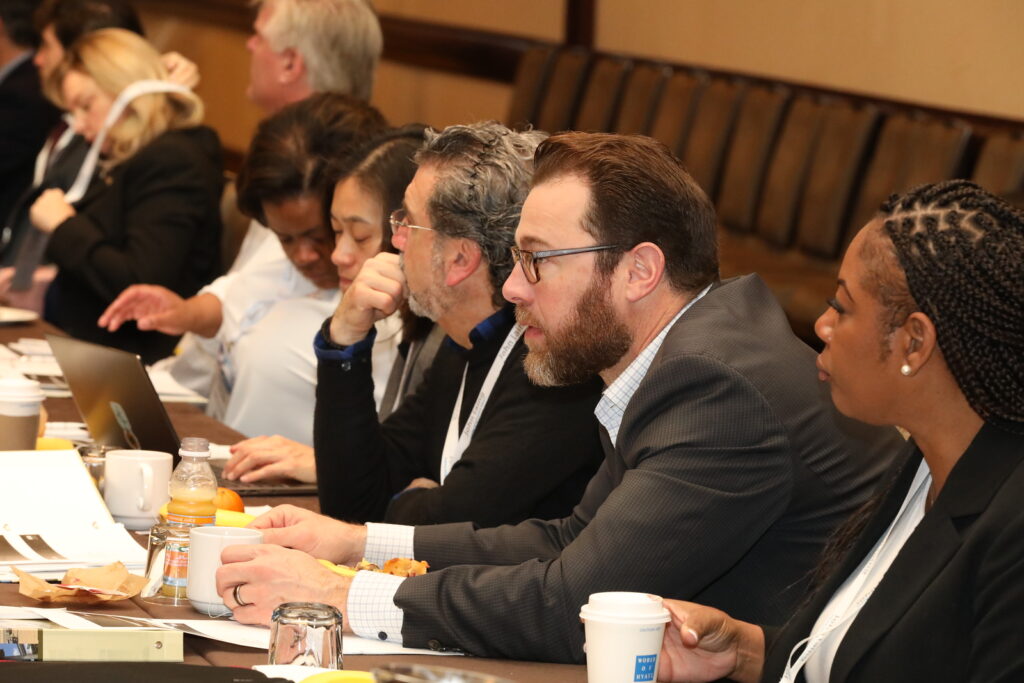
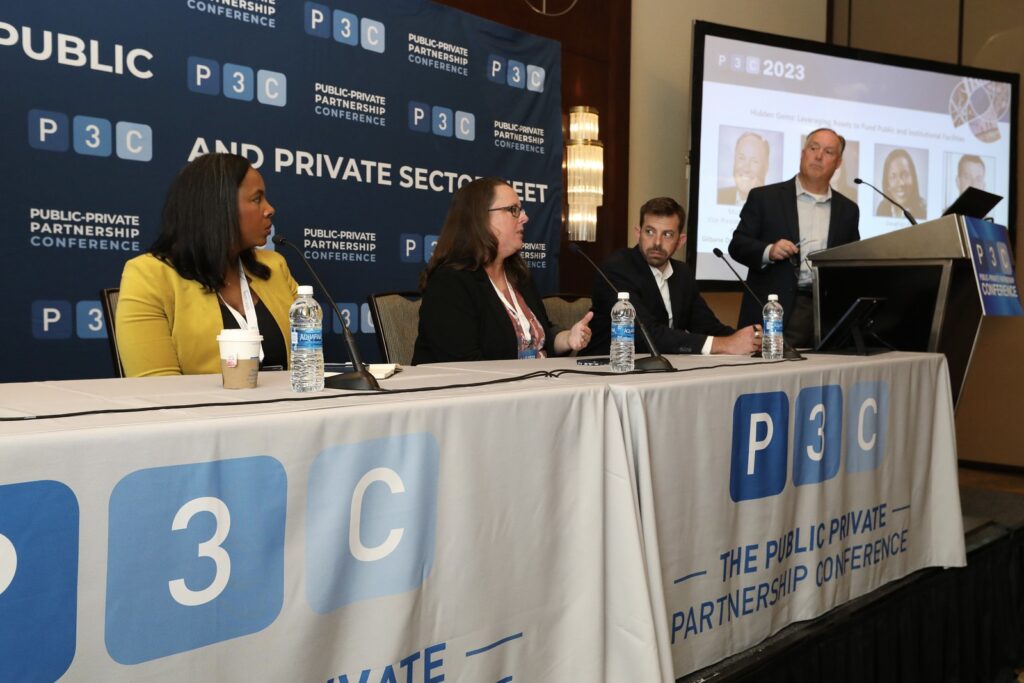
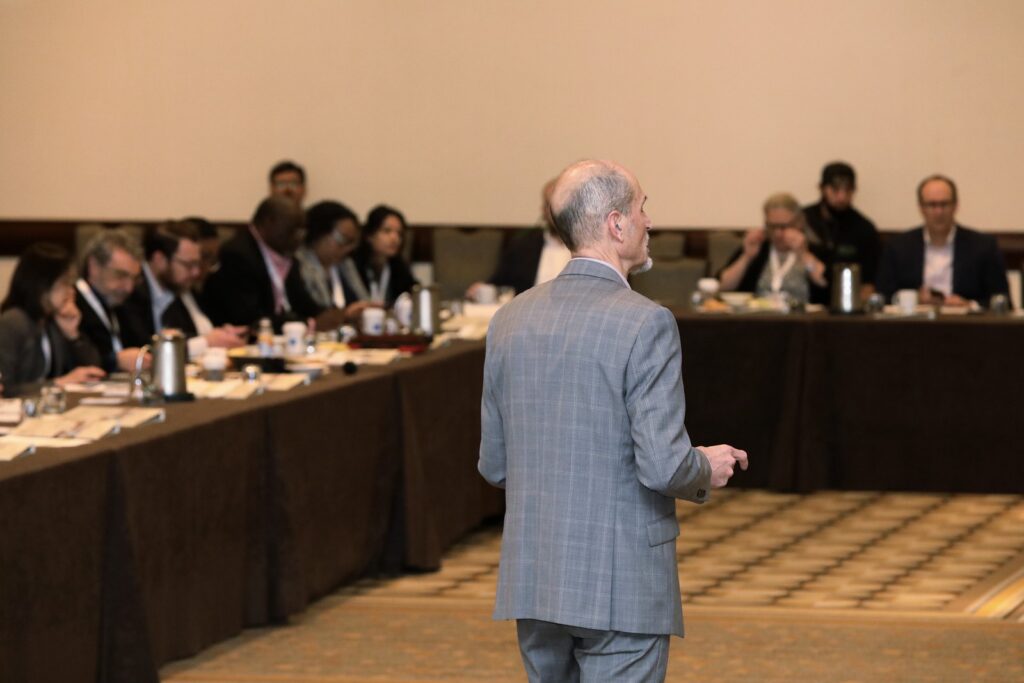
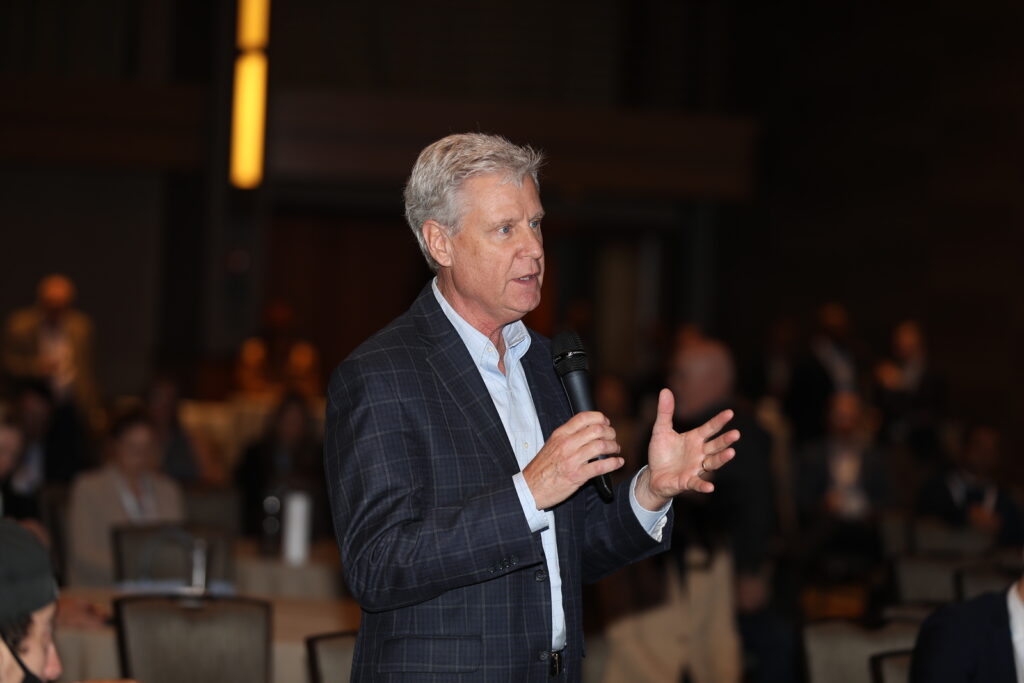
P3 Certification Program
Venturing into the world of public-private partnerships can be daunting. Not only is everyone’s time precious but it’s sometimes difficult to find the educational resources necessary to develop an understanding of the complexities of the model. Contracts need to be procured properly with the right fundamentals so that the taxpayer receives the full benefit and power of the delivery method.
Introducing AIAI’s P3 Certification Program.
This program has been developed to provide participants with foundational P3 knowledge through a wide range of strategic, proven processes, such as developing project charters, market-sounding exercises, procurement-options analysis, and risk workshops. When certified, graduates will:
- know when, how, and why P3s work best
- recognize when P3 isn’t the best option
- discover the foundational processes required for both the public and private sectors to succeed
- learn how to communicate the value of P3s effectively and confidently to external stakeholders.
Join us for the Introductory Module after the close of the P3 Conference. Subsequent sessions will be held virtually, on the first Wednesday of every month from April to December, with a final exam in January 2025, and certificates to be awarded at the P3 Conference in 2025.
Sources:
*https://infrastructurereportcard.org/
**https://www.cfr.org/backgrounder/state-us-infrastructure#chapter-title-0-5
